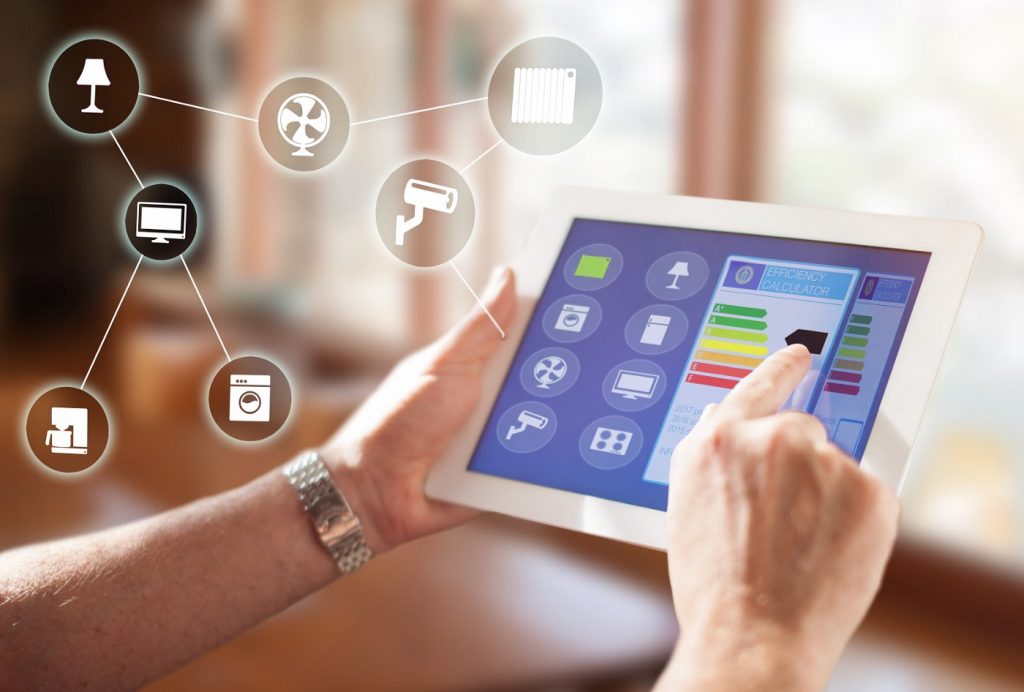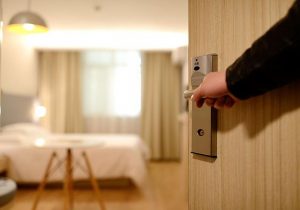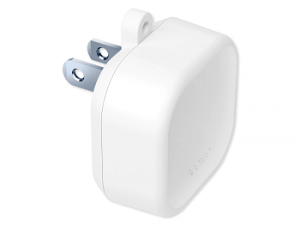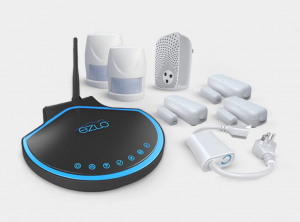The Most Underestimated Aspect of Smart Home Solutions
- March 30, 2022
- by Ezlo Admin
What’s device management and what you should know about it before you actually start building your product.

When businesses come up with new smart home products, they are often focused on the value they can bring to customers, as this is what people pay for in the first place.
However, when we talk about sophisticated devices with their own software, there’s one thing that often either gets not enough attention or goes unnoticed at all. It’s device management.
What is Device Management
Smart home devices differ from other, ‘dumber’ devices mainly because users expect that you as a manufacturer will keep updating and fixing them, as well as providing tech support when necessary.
For you it’s not just about client satisfaction, but also about ensuring stable revenue, since you don’t want to have high rates of product returns and refunds or negative reviews that can affect your sales.
To address the post-release servicing tasks, you need proper device management approach.
In the Internet of Things industry, it consists of four aspects applicable for smart home niche as well.
Provisioning and authentication
In smart home context, provisioning is the process of activating a new device by a user. When a user launches a newly purchased smart home solution, you will want to check if it was not compromised or modified by culprits.
If you have a system that tracks all devices for better tech support and maintenance, that system will also add a new device to the list of watched devices.
Authentication is a part of provisioning process when a secure connection is being set up with the device to check if it can be trusted before further communication and data exchange.
With all those messages about hacked consumer electronics devices, provisioning and authentication are important steps in ensuring top security of your solutions. When they are properly implemented, you will be able not only to stop, say, botnet attacks, but also prevent them.
Devices that could be compromised before hitting the shelves will be easier to find, track and pull from stores. And in cases of insecure connection or other issues, you can also provide helpful tips to your users (for instance, to update their router or smartphone settings).
Configuration and control
In most cases, smart home products meet users with some predefined settings.
It might be a standard password for an admin user, a default sensitivity level for sensors, or your server IP that your devices should talk to when passing diagnostics data. Then, the device might prompt user to review and update some of these settings for better operation.
It’s important to think through the default configuration of your product not only to simplify the initial setup process, but also to make it easier for your engineers to diagnose and address any possible problems later.
For instance, one of the simplest ways to fix an improperly working device remotely is to reset it with parameters which were proved to be optimal in most cases. Or you can also factory reset the device, if it doesn’t collect, store or use any data that might seem to be important for a user.
Finally, device control also implies the ability to reload a firmware, or update a new version of it that either adds to functionality or patches security bugs. You might want to check that your devices don’t allow some unusual configurations that make it impossible to update the firmware, make remote resets etc.
Monitoring and diagnostics
One of the worst scenarios you’d like to avoid is when your devices are down. But still, when it happens, you’ll probably want to have all information about the incident ASAP.
Thus, your developers must make sure your device management platform constantly collects necessary logs, reports and notifies about the problems in real time and helps find out the cause of the problem.
Software updates and maintenance
Today, businesses work hard to hit the market as fast as possible. Due to that, the software that comes with smart home solutions is often far from perfect and secure.
While most bugs are small and just irritate users, some might brick the device or even affect other devices in the network. (And I’ll drop here the importance of security in such devices as we’ve been covering this topic extensively in the eZLO blog).
To address such situations, you need first to implement the system for remote updates and maintenance.
This is not a trivial task: you’ll need to design the process of firmware updates, and if you offer a mobile and web app, they might require simultaneous updates in some cases as well.
Besides, something may go wrong during the process: bad connection, software glitches, wrong settings may all cause the impossibility of remote update, and your engineers must prevent such scenarios as much as possible.
But there’s an easier way
As you see, device management is one of the fundamental aspects of successful smart home solutions. But it requires a lot of efforts to be set up properly.
That’s why more and more businesses seek opportunities to turn to third-party platforms that have inbuilt device management. One of them is offered by eZLO. If you’re interested, learn more on our site: https://ezlo.com




